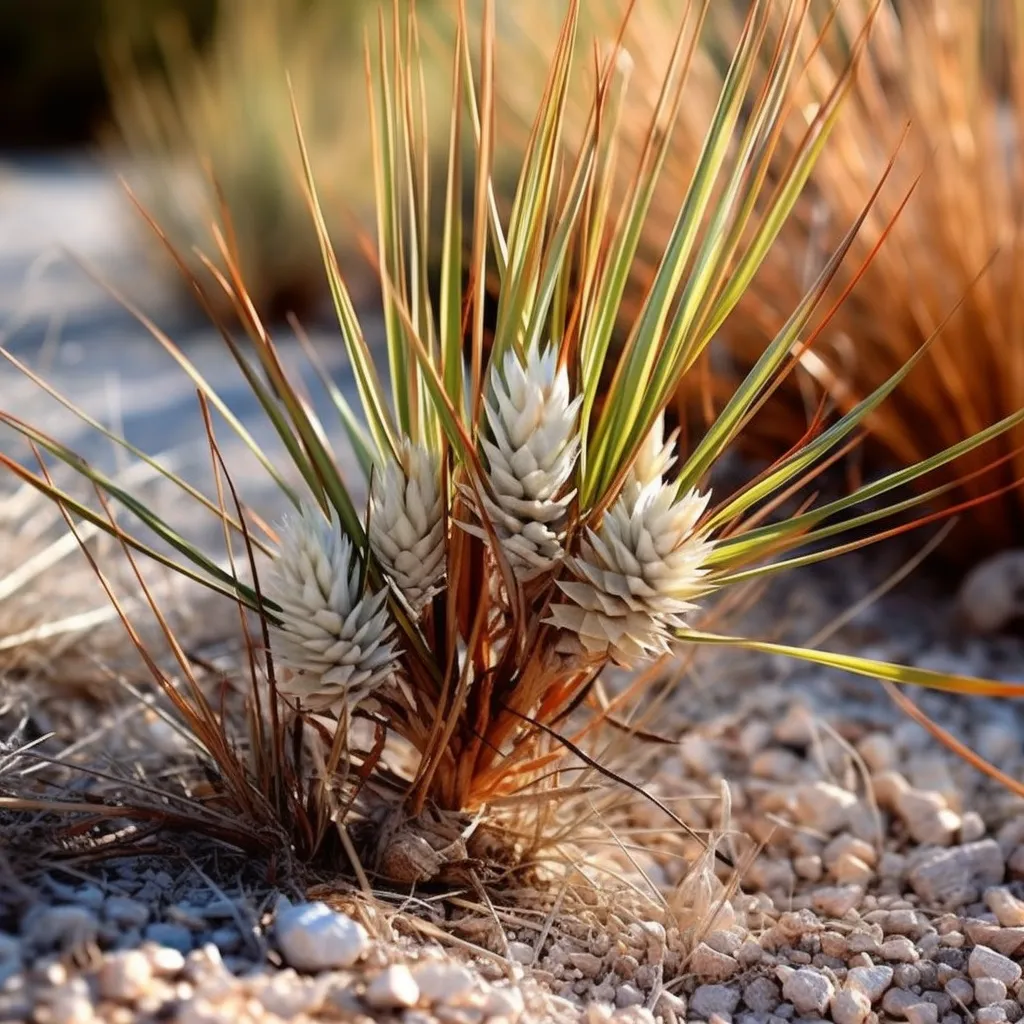Story of Day :
Contents
The Wild Yucca Plant: A Complete Guide and Care Tips
Are you looking for a unique addition to your garden? Look no further than the wild yucca plant.
This spiky succulent not only adds a touch of southwestern flair to your landscape, but it is also incredibly easy to care for.
In this complete guide, we will explore everything you need to know about the wild yucca plant.
What is a Wild Yucca Plant?
The wild yucca plant, also known as Adam’s needle or Spanish bayonet, is native to the southwestern United States and Mexico.
It grows in arid climates and can survive extreme temperatures ranging from below freezing to over 100 degrees Fahrenheit.
This hardy succulent typically grows up to 10 feet tall with long sword-shaped leaves that are green or bluish-gray in color.
In the summer months, it produces tall spikes of creamy white flowers that attract bees and butterflies.

Caring for Your Wild Yucca Plant
If you’re looking for an easy-to-care-for plant that adds visual interest to your garden, then the wild yucca may be just what you need.
Here are some tips on how to care for your new succulent:
- Soil: The wild yucca prefers well-draining soil with low organic matter content.
This type of soil mimics its natural habitat in arid regions.
- Sunlight: The wild yucca thrives in full sunlight but can tolerate partial shade if necessary.
- Watering: The wild yucca is drought-tolerant and does not require frequent watering.
Water sparingly during dry spells, but be careful not to overwater as this can lead to root rot.
- Fertilizer: The wild yucca does not require regular fertilization.
If you choose to fertilize, do so sparingly and use a low-nitrogen fertilizer.
Propagation

The wild yucca can be propagated by taking stem cuttings or removing offsets from the parent plant.
Here’s how:
- Stem Cuttings: Take a stem cutting in the spring or early summer when new growth appears.
Remove any leaves from the bottom of the stem and let it callus over for a few days before planting in well-draining soil.
- Offsets: The wild yucca produces offsets that can be removed from the parent plant and replanted in well-draining soil.
Pests and Diseases
The wild yucca is relatively pest-free, but it can sometimes fall prey to mealybugs or spider mites.
These pests can be treated with an insecticidal soap spray.

If your plant appears wilted or discolored, it may be suffering from root rot due to overwatering.
To prevent this, ensure that your soil is well-draining and avoid watering excessively.
In Conclusion
The wild yucca plant is an excellent addition to any garden due to its unique appearance and easy-care nature.
By following these care tips outlined above, you’ll have no trouble maintaining a healthy specimen for years to come!